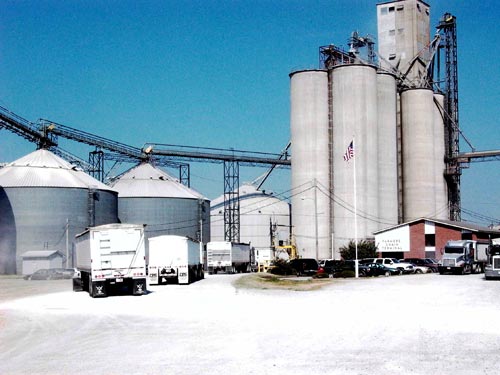June 14, 2011

Although only 10 years have passed in the 21st century, it is time for trade policy to take center stage.
Trade and exports are vital to virtually every consumer, business and economy in the world. Reduced barriers facilitate trade and provide many benefits to exporters and consumers. Exporting countries benefit from increased economic activity and the creation of jobs, while importing countries realize economic benefits through lower prices from increased competition, the creation of new industries that diversify economic activity and greater consumer choice.
The world's population will soon reach seven billion people. Trade provides the avenue to reach the world's consumers and makes it possible for everyone to benefit from comparative advantages.
By 2030, the world population is expected to exceed eight billion people and the demand for goods, especially wheat and other grains, will increase significantly.
Population growth is projected in the mid-latitude, equatorial region, where the climate is not conducive to growing wheat using today's varieties, resulting in demand that must be met through trade.
Recent analysis by USW forecasts world wheat trade to rise from today's level of 124 MMT to 190 MMT within this 20-year period, an increase of roughly 50 percent.
Meanwhile, growth in corn, soybean and wheat trade is expected to rise from 310 MMT to 465 MMT during this same period. These increased levels are just the start, as the volume of trade will continue to rise through 2050 when the world population reaches a projected 9.5 billion people.
It is time to enact trade policies that ensure a transparent, stable and open trade environment to foster this expected rise in trade.
A major benefit of trade agreements is the supply chain certainty achieved through reduced tariff levels. Most countries apply tariffs on imported goods that vary across products, and some can reach triple digit levels. At these levels, tariffs can more than double the cost of food to the consumer.
However, multi-lateral, pluri-lateral and bi-lateral agreements can reduce the tariff levels and provide the market a greater degree of certainty. In most cases, negotiated bi-lateral agreements allow U.S. wheat to enter a country at zero-tariff, enabling the production of less expensive food products and a more competitive field for U.S. wheat producers.
Flour millers and bakeries in these countries benefit from knowing they can depend on the United States to reliably supply wheat at a set tariff rate that will not vary to much higher levels.
Open trade will benefit importers and exporters as trade growth, especially for wheat and grains, is expected to occur over the next 40 years.
Let's move forward together in taking trade policy to center stage and enjoy these trade benefits for the next 90 years of the 21st century.
You May Also Like




